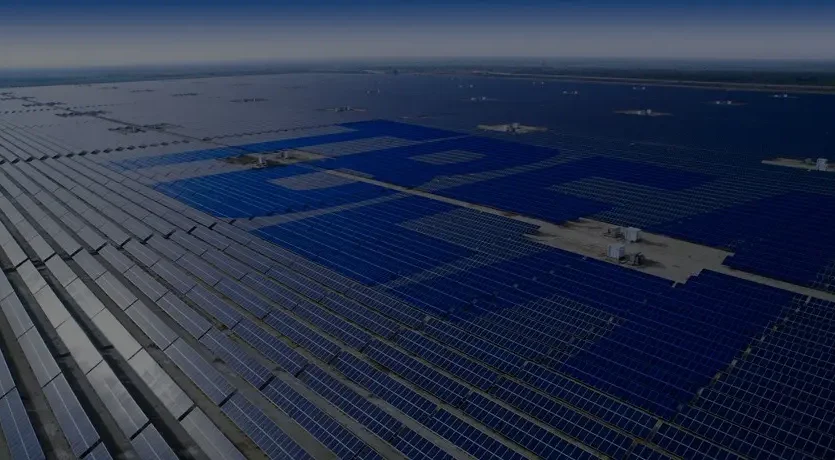Photovoltaic Inverter Solution
Photovoltaic inverter equipment can be roughly divided into three levels in terms of power: three-phase high-power inverters with an output power greater than 6KW, single-phase medium-sized inverters with an output power between 1KW and 6KW, and micro-inverters with an output power between 200W and 500W. Small and medium-power inverters have received more attention in the photovoltaic power generation market in recent years. Since small and medium-sized inverters themselves have low power, they are more used in distributed solar power generation systems in microgrids. As a node in a microgrid, it will have a large number and a wide range of distribution in a certain area. For example, in Europe and the United States, many families will install such small and medium-power inverters on their roofs; a large number of small and medium-sized inverters will be used on the roofs of train stations or factories to build small power stations, etc. In this way, it is necessary to manage the inverters in a certain area so that they can work more effectively, safely and stably and provide timely demand and response. The management method is to equip them with communication modules so that the status of all inverters can be monitored through the host computer, and control and dispatch them in time. A communication method with high reliability, lower cost and easy maintenance is the key to photovoltaic inverter communication. At present, the most common methods are wireless (RF), RS485 and power line carrier (PLC) communication. RF communication scheme does not require wiring, which can save the investment in communication cables and line laying construction, but its cost is often high, and it has some harsh environmental requirements, and is significantly blocked by solar panels and electromagnetic interference. RS485 has the characteristics of stable communication and high anti-interference, but it brings great cost investment and potential risks in the early construction and later operation and maintenance. Relatively speaking, PLC uses existing power lines to transmit data, does not need to re-lay new lines, does not need to consider line investment, saves man-hours, reduces costs, and can achieve effective communication at low cost. It has higher reliability than RF. By adding PLC modules, the photovoltaic inverter system becomes a node of the microgrid, which can accept any data transmitted on the smart grid, which is conducive to further functional expansion in the future.


